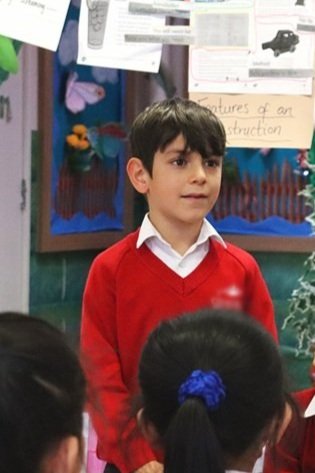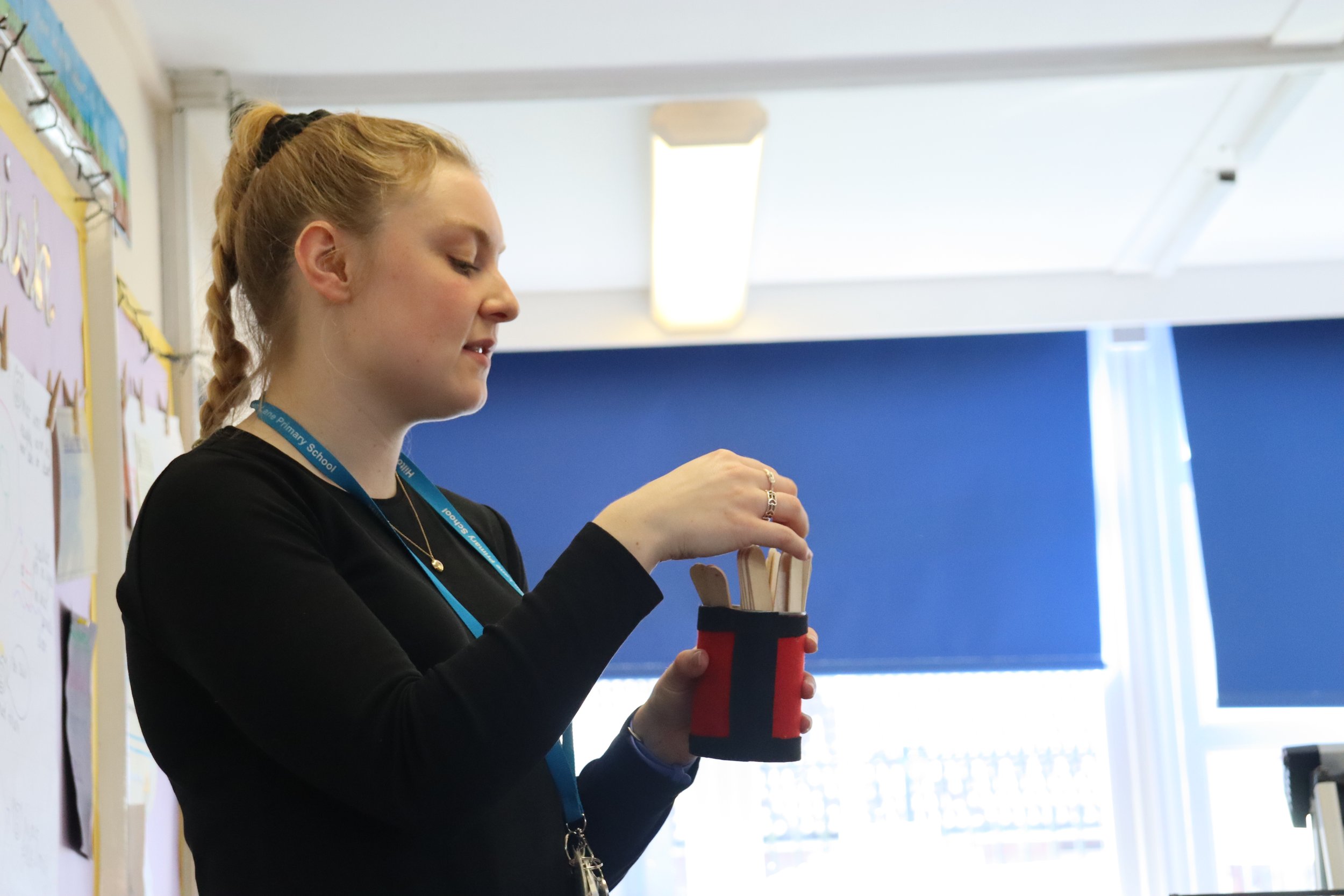One of the questions I’m often asked is how to get quieter children to participate. I have quite a few suggestions for this – here are three to start:
1. No hands up: Use random selection sometimes, or other systems such as ‘speaker chooses’. Target children to talk when appropriate (for example: I’m wondering what you’re thinking, Janey).
Using hands up to decide who speaks is very common. Unfortunately, it means that the same few pupils talk, and it gives a clear message to children that only the confident children need to participate. Less confident talkers will not become more confident unless they are given opportunities. Hands up also gives a message to the quieter members of the class that their views and ideas are not valuable.
So, stop using hands up and try the above suggestions in combination with other techniques such as thinking time, pair talk or jotting, to set up students for success.

2. Structure and practice: Dedicate time and opportunities to develop oracy skills. You could have a weekly or daily talk time.
3. Talking toys: Turn-taking in whole class, groups or pairs can be enhanced by passing a toy or other object which signals to the student holding it – Your turn to talk.
These techniques don’t just help the quiet children. They support the development of high-quality talk and listening for all.
How one teacher raises accountability using a quick and simple technique
My top three strategies to make sure every pupil speaks during whole-class learning
The importance of positive, transparent systems for deciding who responds
Three essential ingredients to ensure pupils have the confidence to speak in front of their peers
Simple-yet-effective techniques to get three year olds talking and keep them focused.
When using random selection in whole class learning, if a child doesn’t respond, there are several options.
Lolly sticks are a really simple way to randomly select children, but like anything they need to be used properly.
Pupil Voice is an important part of my Talk Audits; here are some recent responses when I asked Key Stage 2 children their opinions about Hands Up…











